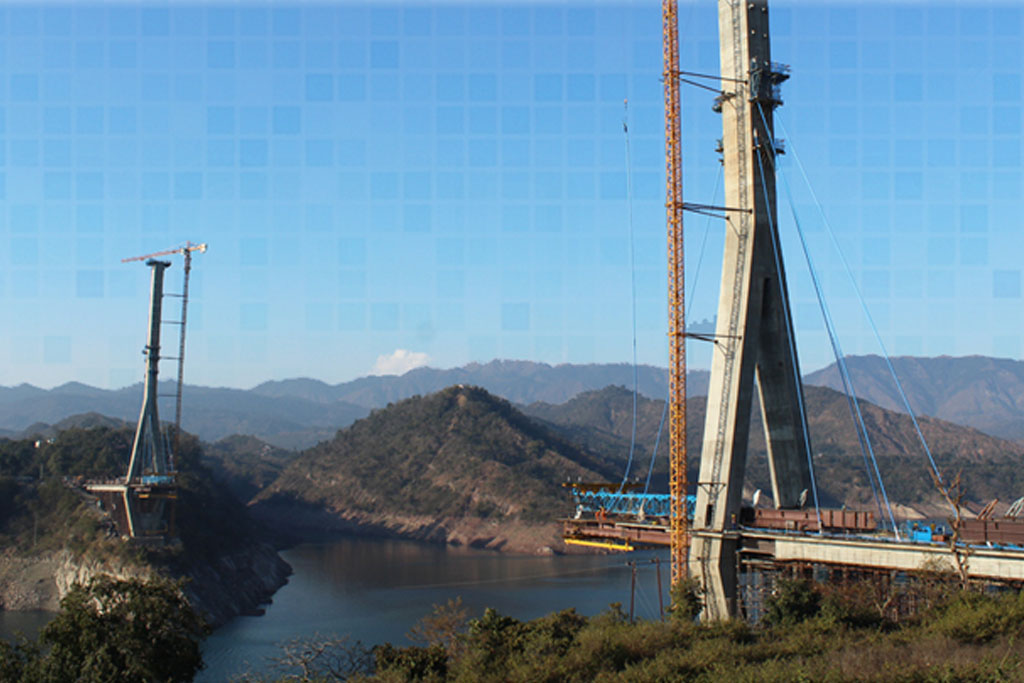
Integrated Foundation Design for LARSA 4D
Quickly create pile foundation models for easy integration into your LARSA 4D bridge projects. The LARSA 4D AOM Pile Foundation Modeler is a cutting-edge tool designed to streamline the modeling and analysis of pile foundations. Built on the principles of soil-structure interaction, this innovative solution enables rapid, parametric modeling of piles with unmatched accuracy.
Using LARSA 4D’s AOM (Analytical Object Modeler) technology, the tool uses parametric input to rapidly generate analytical models of one or more pile foundations that can be analyzed directly within the Modeler or exported to LARSA 4D, where it can be analyzed and combined with super- and sub-structure elements.
Unlock the full potential of your designs and streamline your foundation modeling with:
- Rapid Parametric Object-Based Modeling for pile layouts of any shape or size
- Seamless Integration with LARSA 4D for advanced analysis, including dynamic, seismic, and staged construction
- Advanced Analysis Models that eliminate the need for lengthy iterative processes
- Nonlinear Soil-Structure Interaction (SSI) Springs for lateral resistance, surface friction, tip resistance, and torsional soil models
30-Second Introduction
Take 30-Seconds to learn more about the LARSA 4D AOM Pile Foundation Modeler, a cutting-edge tool designed to streamline the modeling and analysis of pile foundations. Built on the principles of soil-structure interaction, this innovative solution enables rapid, parametric modeling of piles with unmatched accuracy.
Tutorial - Pile Foundation Modeler
In this 6-minute tutorial, discover how LARSA 4D’s Pile Foundation Modeler quickly creates pile foundation models for easy integration into your LARSA 4D bridge projects.
Using LARSA 4D’s AOM (Analytical Object Modeler) technology, we’ll guide you through the process of defining pile caps, piles, and soil layers to build a detailed 3D finite element model. Learn how to set up pile layouts, cross-sections, and soil profiles, and see how to export the stiffness matrix or complete foundation model to LARSA 4D for further analysis.
New technologies for parametric modeling, intelligent design, and information exchange.
The following packages of LARSA 4D are compatible with the LARSA 4D Pile Foundation Modeler.



